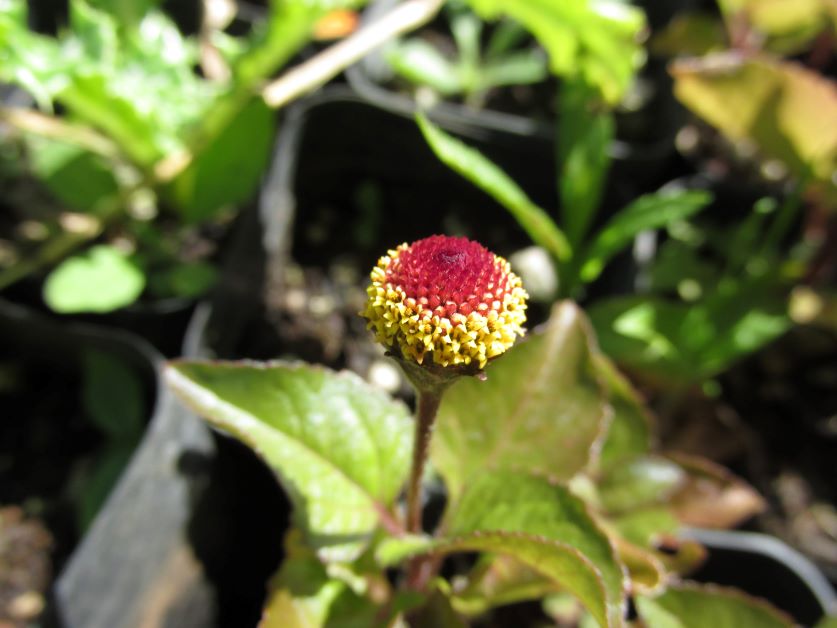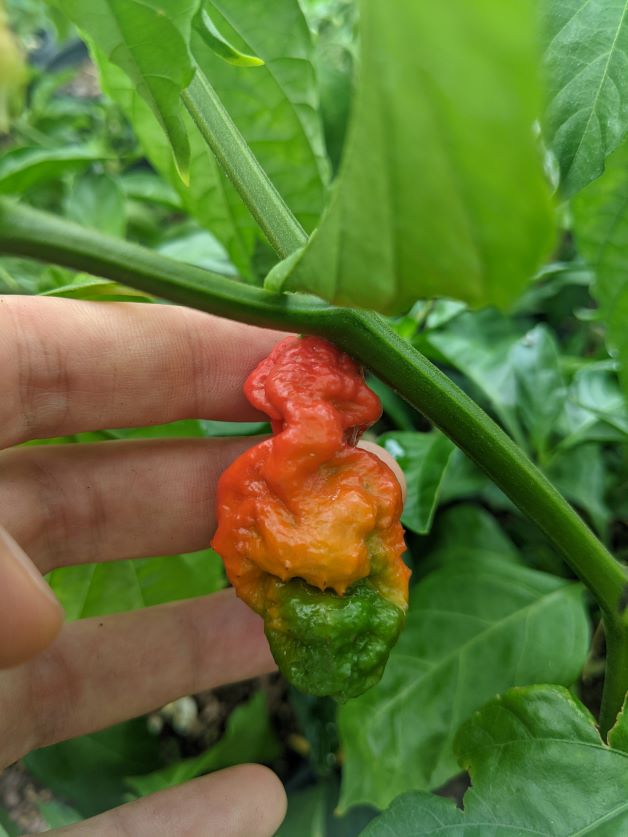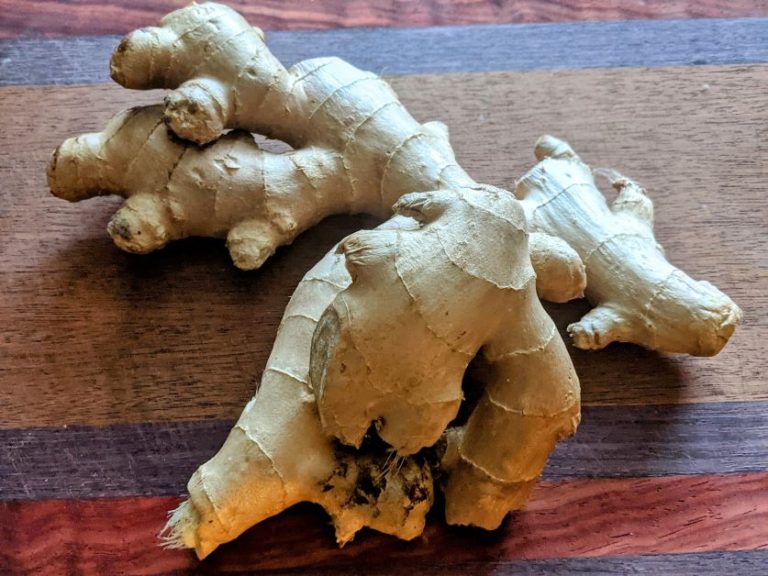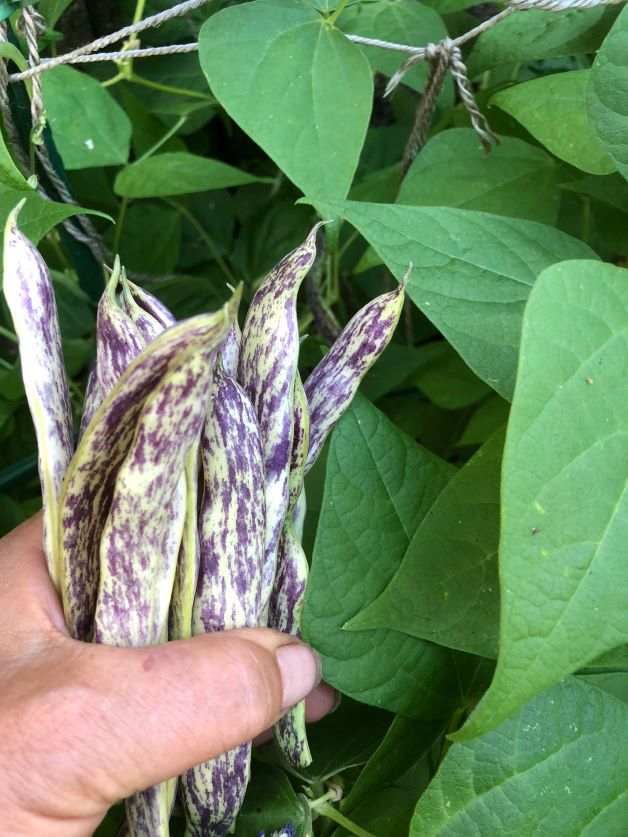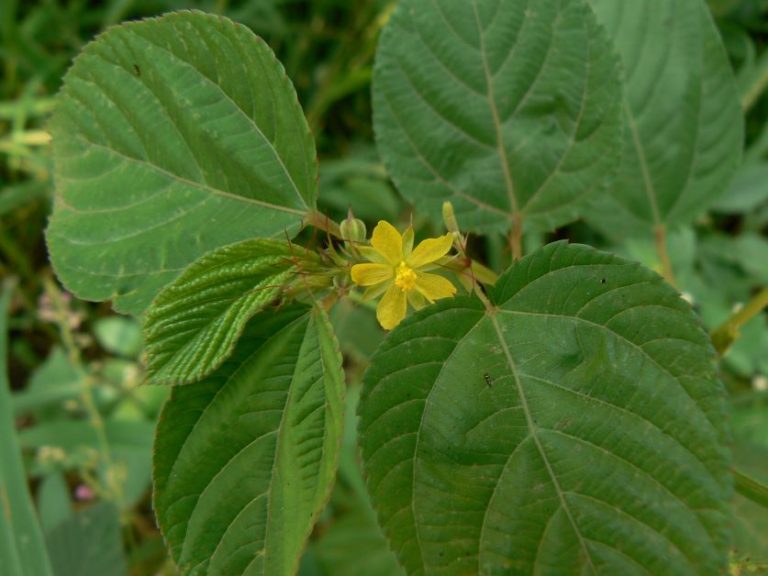Buzz Button Growing Guide
If you’re looking for a fun novelty plant that will totally freak out your kids and dinner guests, then buzz buttons are the plant for you. This harmless flower lights up your mouth with an electric, numbing jolt unlike anything you’ve ever felt before. Buzz buttons also work wonders as an all-natural mouth pain remedy.
Buzz buttons aren’t something that you’ll find at the grocery store, so you’ll have to grow your own. Good thing they’re a low-maintenance plant that’s perfect for beginner gardeners! Follow this guide and you’ll be harvesting buzz buttons in no time.
What are Buzz Buttons?
Buzz buttons are in the Asteraceae family. This makes them a cousin to the aster, daisy, and sunflower. Other names for the buzz button are the toothache plant, Spilanthes, tingflower, paracress, the electric daisy, and Szechuan buttons. Buzz buttons are an edible ornamental and an important medicinal flower for many cultures around the world.
There are 2 main species of buzz buttons: the BullseyeToothache Plant (Acmella oleracea) and the Yellow Toothache Plant (Acmella alba).

Buzz button leaves and flower buds are edible. The leaves are a popular ingredient in parts of Brazil, where they’re eaten raw in salads or cooked as greens. The most interesting part of the buzz button, though, is its flower.
When eaten, the buzz button flower makes you salivate like crazy. It then creates a cooling sensation in your mouth and throat, which turns into a buzzing feeling on your tongue. The buzzing also feels numbing, which is why people also use it as a remedy for toothaches.
As their name implies, buzz buttons are eaten for their buzz rather than their taste. To be honest, they don’t taste great, but the feeling you get from eating them is very unique. Buzz button greens have a slight kick to them, but they’re not as strong as the flower. The flower itself tastes grassy and a bit sour.
Are Buzz Buttons Safe?
Buzz buttons contain a compound called spilanthol. Spilanthol is an analgesic, which is why buzz buttons make your mouth feel numb. Spilanthol extract (called jambu) is made from the buzz button and is used in South America as natural medicine. It’s also known to have microbial and anti-malarial properties.
FEMA has declared that spilanthol is a Generally Recognized as Safe (GRAS) flavoring agent. The WHO agrees that buzz buttons are safe.
Do note that large amounts of spilanthol can have an effect on how your body processes alcohol. Some people are also sensitive to flowers in the Asteraceae family (people who are allergic to sunflower seeds, for example). If you have any questions or concerns, ask your doctor. For most people, though, eating a sensible amount of buzz buttons is completely harmless.
How to Plant Buzz Button Seeds

How to Direct Sow Buzz Button Seeds:
- Sprinkle the seeds onto the soil, keeping seeds 10 to 12 inches apart.
- Don’t bury the seeds since they need light to germinate. Instead, pat them down gently to stop them from blowing away in the wind.
- Water the seeds in.
- Keep the soil moist but not soggy.
How to Start Buzz Button Seeds Indoors:
If you’re a gardener in a cold climate, starting your seeds indoors is a good choice.
- 6 weeks before the last frost, fill a starter tray with potting mix.
- Put 2 buzz button seeds per cell.
- Water your seeds.
- Keep your tray in a warm area with plenty of sunlight. The temperature should be at least 70°F.
- Transplant outdoors when the seedlings are 2 to 3 inches long and have at least 2 true leaves.
Whether you start your seeds outdoors or indoors, your buzz buttons should germinate in 7 to 14 days.
Buzz Button Growing Conditions
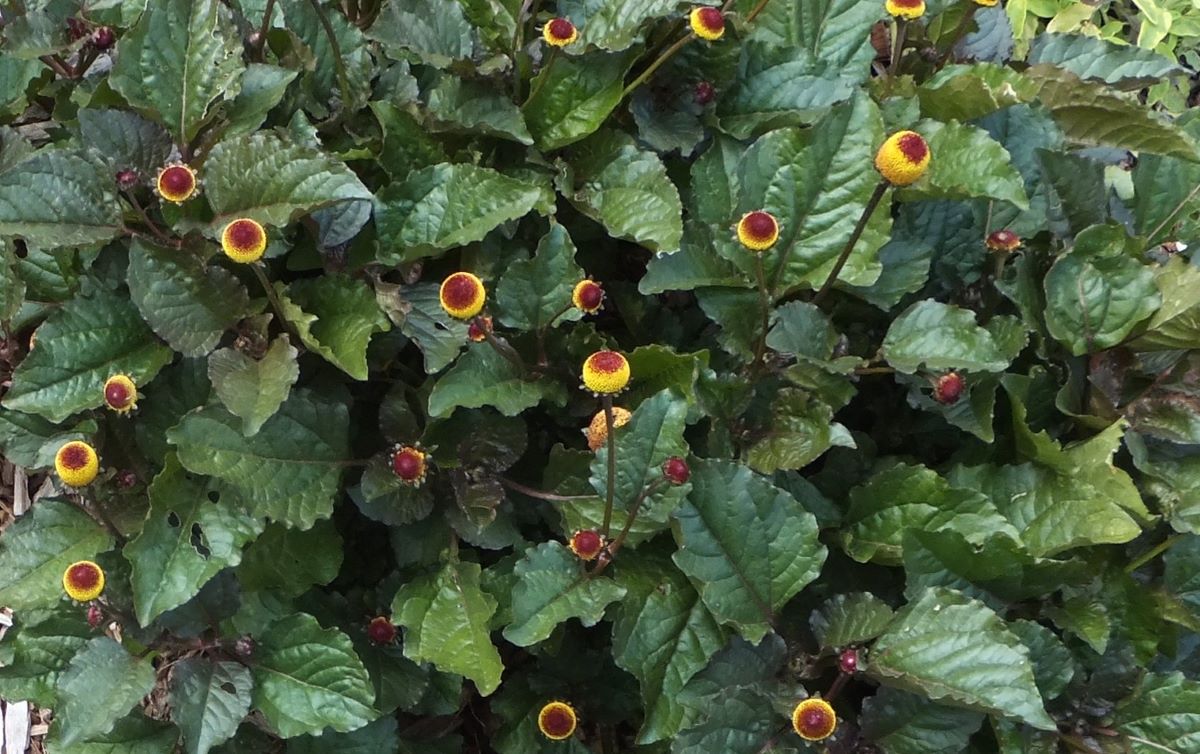
Buzz buttons are generally pest-free and easy to grow. They’re an annual in zones 9B-11, and a perennial everywhere else.
Light
Buzz buttons are full-sun plants and need 8 to 12 hours of sun a day. If you live in an especially hot or dry climate, then they do well in part-shade, too.
Temperature
Buzz buttons are frost-sensitive. Their ideal temperature is 70°F-74°F, but they do well in higher temperatures as long as they get enough water.
Water
Like most tropical plants, buzz buttons need a good amount of water. At the same time, they don’t like to stay too soggy for too long. Give your buzz buttons plenty of water a few times a week.
Tips to Avoid Overwatering Your Plants:
- Water your plants in the morning so they have time to dry out in the sun.
- Be flexible with your watering schedule. If it’s been rainy in your area, then you can skip watering. If it’s been dry, then you’ll have to water it more. This is especially important for people living in Florida or other subtropical climates where there’s a rainy season and a dry season.
- Always water the base of your plants and not from overhead.
- Before you water, do the touch test. Stick your finger into the soil. If the soil is dry up to your second knuckle, it’s time to water.
- Consider mulching around your plants with wood chips, pine straw, or other organic matter. This helps keep the soil moist and inhibits weeds.
Soil
Buzz buttons are susceptible to root rot, so it’s important that their soil is well-draining. Loamy, slightly sandy soil is best. Don’t plant your buzz buttons in an area that is prone to flooding.
Spacing
Buzz buttons are big and rather sprawling. Give each plant 10 to 12 inches of space. They’re low-lying groundcover, so a lot of people like to use buzz buttons as a border plant.
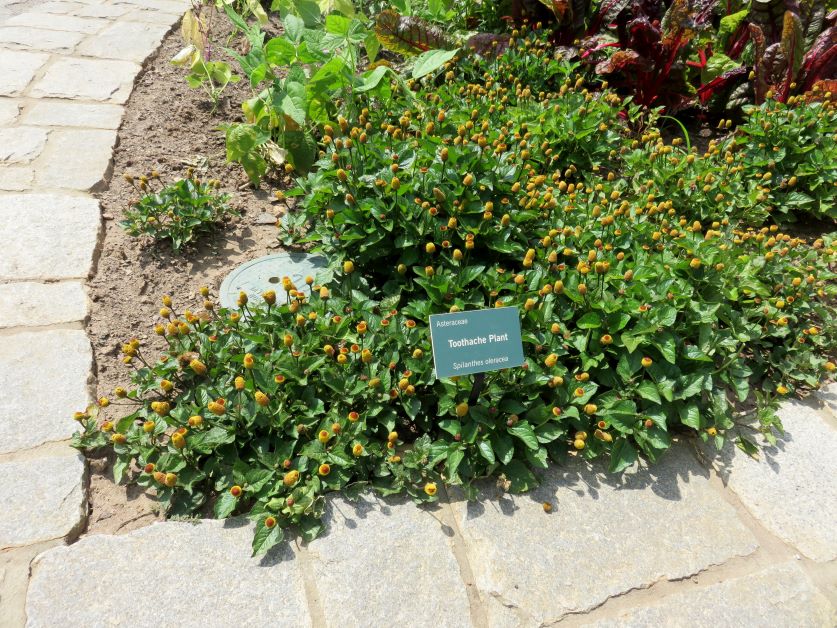
Fertilizer
Buzz buttons don’t need any special fertilization. If you’d like, you can amend your soil with compost a week before planting.
Can You Grow Buzz Buttons in Containers?
Yes, buzz buttons grow well in containers. Since buzz buttons are sensitive to root rot, I like to use DIY grow bags. Grow bags are well-draining but also help keep in proper moisture.
You can also use regular potting containers as long as they have enough drain holes at the bottom. Be sure not to leave them sitting in a drip tray full of water, otherwise, the soil will stay soggy.
How to Harvest Buzz Buttons
Harvest buzz button flowers when they’re fully formed. You can also wait until they’re dried out on the plant and harvest the flowers for their seeds to sow next season.
How to Use and Store Buzz Buttons
You can chew on buzz buttons raw, dehydrate them to save for later, or make an extract out of them. They also store well in a paper bag.
Many people buzz buttons to ease tooth pain. A little bit of extract rubbed on the gums can help a teething baby or someone with sore braces.
Buzz buttons are also an up-and-coming ingredient for chefs and mixologists. You can toss a couple of buzz button leaves or flowers into a salad or use buzz buttons in cocktails for a surprising kick.
First photo credit: Forest and Kim Starr

